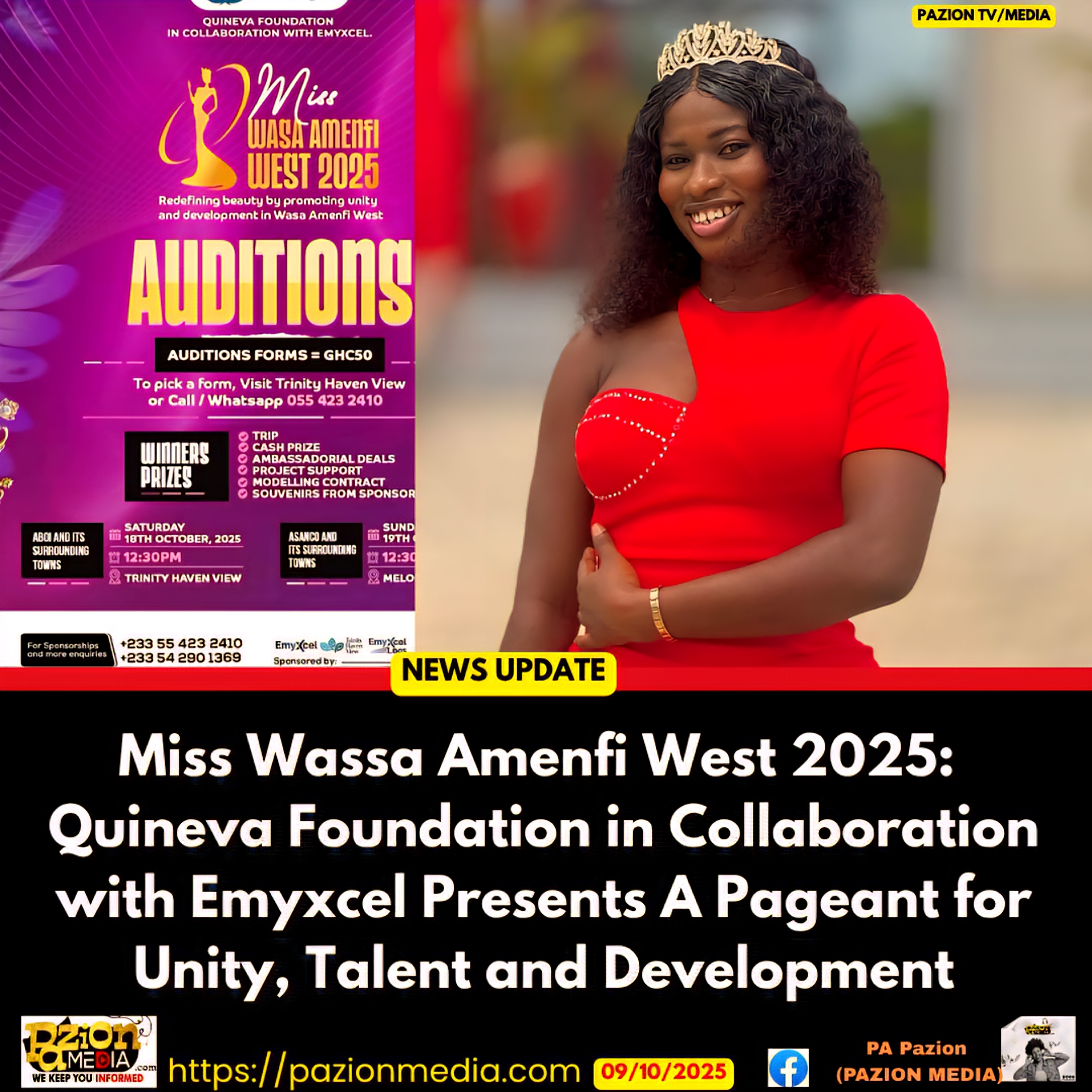Ghana, like many other African countries, has a rich and diverse musical heritage, with Highlife being one of its most recognizable and influential genres. However, in recent years, Afrobeats has emerged as the dominant force in Ghanaian and African music, with its fusion of various African and Western musical elements.
It’s important to note that Afrobeats is actually built on Highlife, and many of its rhythms and musical elements can be traced back to the genre. However, Highlife, in its traditional form, has struggled to compete with Afrobeats in the modern music market.
One of the reasons for this is that Highlife, like many other traditional African music genres, has undergone significant changes over the years. As a result, it has become harder to define and categorize, with various sub-genres and variations emerging.
Moreover, the global music market is constantly evolving, and music consumers are always looking for new and exciting sounds. This is where Azonto comes in. The Azonto sound is unique from Afrobeats and is accompanied by its own distinct dance moves. It gained widespread popularity around 10 years ago, and many people still enjoy it today.
Therefore, instead of trying to compete with Afrobeats using Highlife, Ghana can make intentional efforts to revive the Azonto sound and promote it as a genre in its own right. South Africans have already done this with Amapiano, making it a genre that they can call their own. Similarly, Ghana can make the Azonto sound a genre and own it, with some innovations to make it even more appealing to the modern music market.
Ultimately, while Highlife is an important part of Ghana’s musical heritage, it may not be the best tool for competing with Afrobeats in the modern music market. Instead, Ghana can focus on promoting the Azonto sound as a genre, with the potential to carve out its own unique space in the global music industry.
Ebenezer Ansah-Boafo
 Pazionmedia.com Pazion Media l Latest News l Politics l Sports l Entertainment
Pazionmedia.com Pazion Media l Latest News l Politics l Sports l Entertainment



